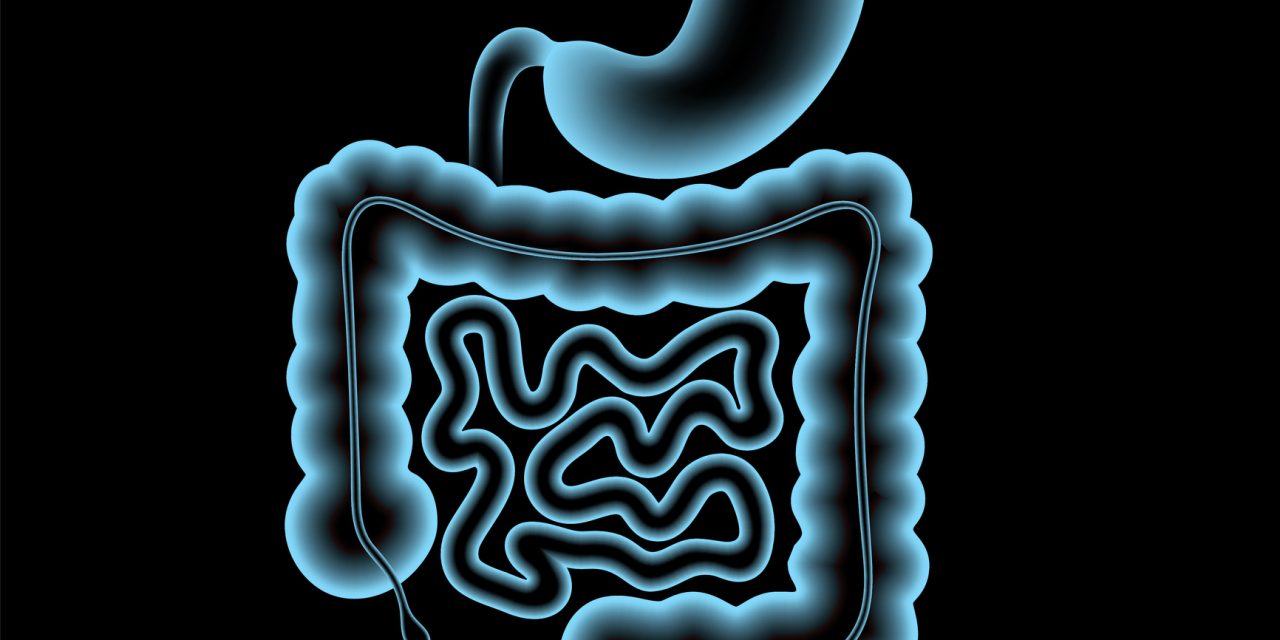Exacerbation of nighttime sleep-related oromotor activity is often recognized as a relevant clinical entity commonly known as sleep bruxism (SB). Many pragmatic issues about SB diagnosis and management remain controversial. Therefore, within a critical review of the literature, this article proposes an operational clinical approach for SB diagnosis and management, with a focus on three comorbidities frequently occurring in relation to sleep: obstructive sleep apnea (OSA), gastroesophageal reflux disease (GERD), and insomnia. In the absence of any comorbidities, and if clinically justified, short-term medication and/or splints may be considered. If a comorbid condition is suspected, then the patient should be screened for OSA, GERD, and insomnia. For OSA screening, the Epworth Sleepiness Scale, STOP-Bang, and NoSAS questionnaires are available validated tools. For GERD screening, a positive patient report, whether associated or not with clinical signs and symptoms of heartburn and/or regurgitation, can be tested. For insomnia screening, report of difficulties initiating or maintaining sleep or of early morning awakening more than three times a week may be useful for diagnosis clarification. An adequate clinical approach for comorbid SB requires that both SB and the related comorbid condition be properly assessed and managed. Very often, improvement of SB with treatment of the associated condition will confirm the relationship and establish a more precise diagnosis (ie, secondary SB). Clinicians intending to manage SB should be able to identify these possible clinical interactions, and, if needed, perform an integrative multidimensional approach. Some approaches will benefit from a multidisciplinary approach for achieving therapeutic success.
An Operational Clinical Approach in the Diagnosis and Management of Sleep Bruxism: A First Step Towards Validation.


